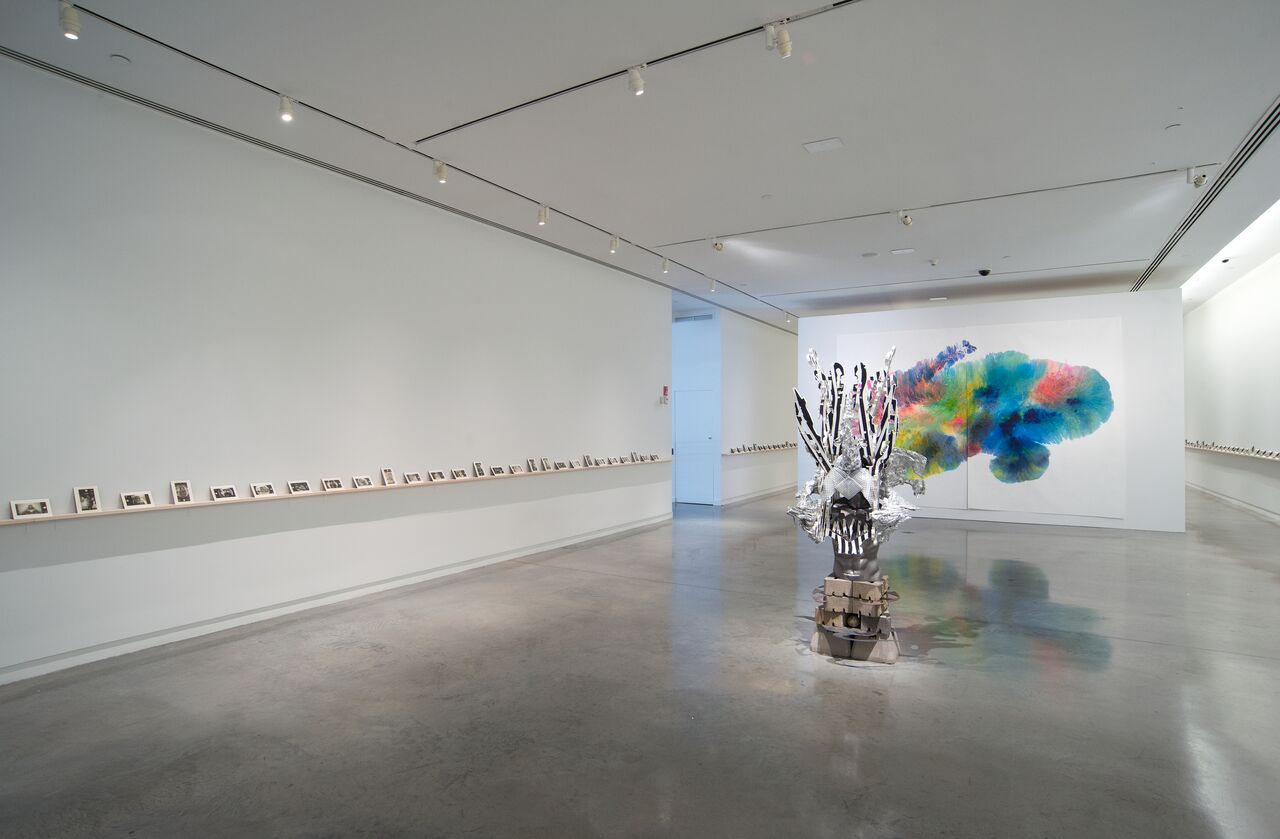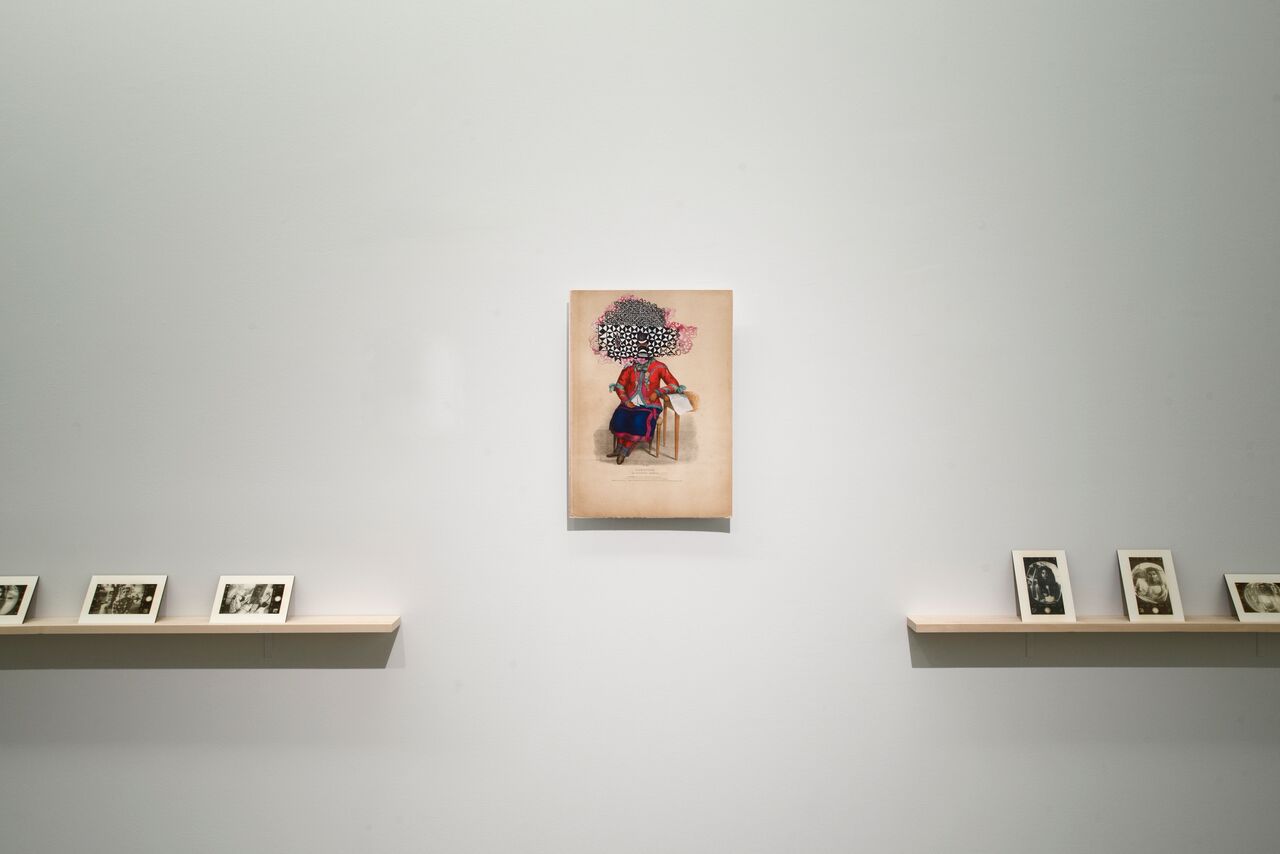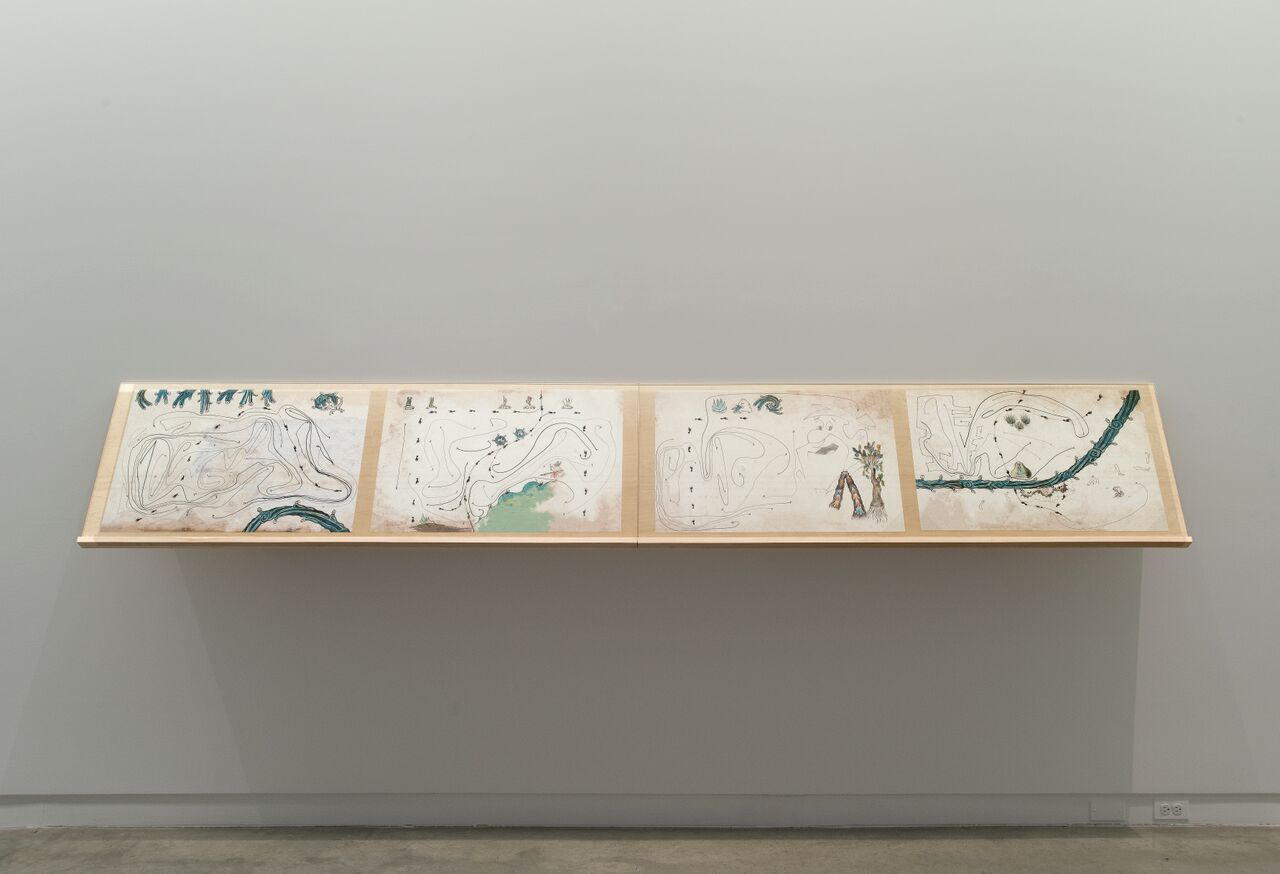
Love Thy Neighbor
“I have moved around so much I cannot recall any neighbors, really. Never asked for sugar or asked people’s names. One year I moved seven times in New York”, wrote Dominican-born artist Firelei Baez in a small zine published for the exhibition Love Thy Neighbor at the Bronx Museum of the Arts in New York City. This art show, guest curated by Sofía Hernández Chong Cuy (Mexican-born, Brooklyn-based), is the third and final part of an exhibition series called The Neighbors, which focuses on ways in which visual artists address identity politics.
In the exhibition series, the figure of “the neighbor” succors to characterize and explore the figure of the so-called “Other”. Its concept, known already for many centuries, is still a complex one. Who exactly is the other? Do we still need to ask this question nowadays, when everyone seems to be a stranger? Can the other still help us define who we are, to actually constitute the self? “The artists in this exhibition focus instead on an identity’s intentional disarticulation — on identities fractured from a particular origin and separated from a positive certainty, on processes of identification and misidentification, too.”[1] The act of “othering” demonstrates power relations. By identifying with a particular group, we make ourselves powerfully armed, ready to delegitimize others, which often leads to power differences and discrimination (speaking about gender, sexuality, class, ethnicity, to name a few).
In A Thousand Plateaus, Deleuze and Guattari tried to explain the problem of identity through a fable of pollination between an orchid and a wasp. Against evolutionary biology, the philosophers tell a story about an orchid that is becoming a wasp, and the wasp that is becoming an orchid, establishing identity as “a dynamic process of encounter and difference”.[2] This concept inspired Firelei Baez to create her own version of it – free of moralities – focused on body and pleasure, which resulted in painted human figures made from flora and fauna. “As more people become multiracial, skin tone is no longer a sufficient signifier”, reads the artist’s statement.[3] The shapes on her large-scale painting, placed in the center of the room, fluently merge into one abstract form, with the colorful pattern resembling tie-dyed Caribbean fabric.

“Rather than suggesting an emotional bond with individuals or communities who resemble one another, the exhibition (…) encourages a welcoming of alterity”, writes Sofía Hernández Chong Cuy in the press release. There is a reason the exhibition takes place in the Bronx Museum for the Arts: the most northern borough of New York is considered the most ethnically diverse area in the city.
The installation Antisocial, which was created especially for the exhibition by Puerto Rican artist Ignacio Gonzáles-Lang runs around the whole exhibition space. The work consists of more than one hundred photo compositions mounted on a shelf-like wooden panel, exhibited like family pictures in a living room. These postcard-size collages were made by the use of police drawings of criminal suspects and missing people, which the artist had been collecting for the past thirteen years. Each of these portraits is combined with an image that the artist found on Instagram with the hashtag #NewYorkCity.
The sculptural work Border Crossing Headdress by Irvin Morazan was made using soil from the American-Mexican border region. Morazan’s work is largely inspired by his childhood experience of emigrating alone from his homeland El Salvador to the United States. In his practice, he weaves indigenous traditions into urban street aesthetics, and vice versa, creating new cosmologies. Morazan often makes fantastical sculptural headdresses that mimic and disfigure pre-Columbian attires, which serve as costumes in his performances. “I make fantastical portraits of imaginary Mayan deities that indulge in gluttony”, the artist says.[4] The one on view in Love Thy Neighbor is a central piece in the artist’s new performance Volver, Volver, which he presented as part of the show.

Crossing the border is also a leitmotif in his series Requiem for a border crossing of my undocumented father. The playful, cartoonish sketches of maps resemble children’s drawings. To create them, Morazan reproduced maps from the original manuscript of the Historia Tolteca Chichimeca, a 16th-century Nahuatl manuscript, which story focuses on the history of the Cuauhtinchan. On these maps, Morazan traced imaginary immigration routes, inspired by sketches made by anonymous immigrants in the U.S., and illustrations inspired by the Salvadorian game named Tripa Chuca. By doing so, Morazan documents his own history of displacement and cultural exchanges.
The Neighbors poses relevant questions like: who is the neighbor; friend or enemy? How is its definition redefined today, in cities where almost everyone is a stranger? What does it mean to be an immigrant in a time where everybody travels and lives all around the world? Underneath a very aesthetically pleasing visual layer, Love Thy Neighbor inflicts larger questions of how we position ourselves with regard to otherness, which seems to be especially relevant in our current political situation.
[1] http://thisandthat.site/projects/bronx-museum-love-thy-neighbor
[2] http://www.bronxmuseum.org/exhibitions/the-neighbors-part-three-love-thy-neighbor
Photography: Christopher Alzapiedi, Courtesy: Bronx Museum of the Arts
Love Thy Neighbor, The Bronx Museum of the Arts, New York City, on view till June 11th 2017.
Weronika Trojanska
is an artist and art writer


